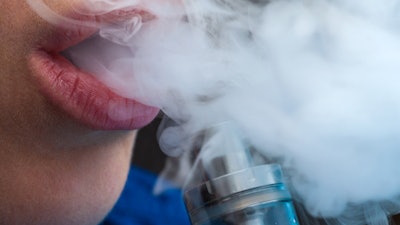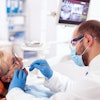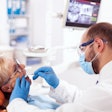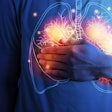
The use of e-cigarettes, or vaping, has been touted as a healthier alternative to smoking. But vaping causes DNA damage to oral epithelial cells comparable to that of smoking, according to a team of University of Southern California (USC) researchers.
"Our study [shows] that the more vapers used e-cigarettes, and the longer they used them, the more DNA damage occurred in their oral cells," Ahmad Besaratinia, PhD, MPH, of USC's Keck School of Medicine said in a statement released by the university. "The same pattern held up in smokers."
More than 10% of U.S. teens use e-cigarettes, Besaratinia and his research group noted in a study that was published on February 14 in Nicotine & Tobacco Research. Yet emerging investigation links vaping to the same diseases caused by smoking.
To investigate further, Besaratinia and colleagues analyzed oral epithelial cells taken from 72 people who were divided into three groups: current vapers who had never smoked, current smokers who had never vaped, and nonusers -- people who had never smoked or vaped. Subjects were matched for age, race, and gender.
"We designed our study to tease out the effects of vaping in e-cigarette users who were neither cigarette smokers nor dual users at any point in their lives," Besaratinia said in the statement.
Both vapers and smokers had comparable levels of DNA damage -- more than twice the amount found in healthy controls. The damage was higher in vapers who used vape pods and sweet, fruit-, or mint-flavored vaping concoctions, which are used by 85% of teens who vape. Vaping was also linked to "alterations in gene expression and epigenetic changes associated with the development of disease," the researchers reported.
"The devices and flavors that are most popular and highly consumed by youth vapers, as well as adults, are the ones that are associated with the most DNA damage," Besaratinia said. "Clearly, these results have significant implications, both for public health and regulatory agencies."



















